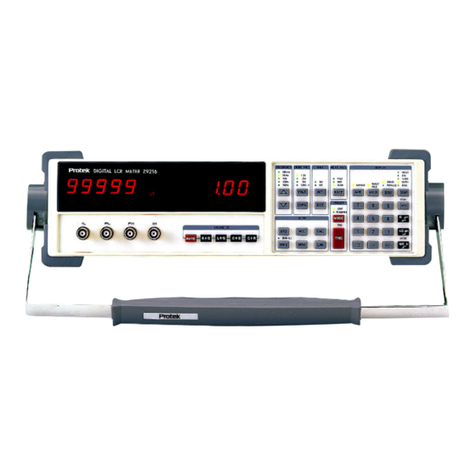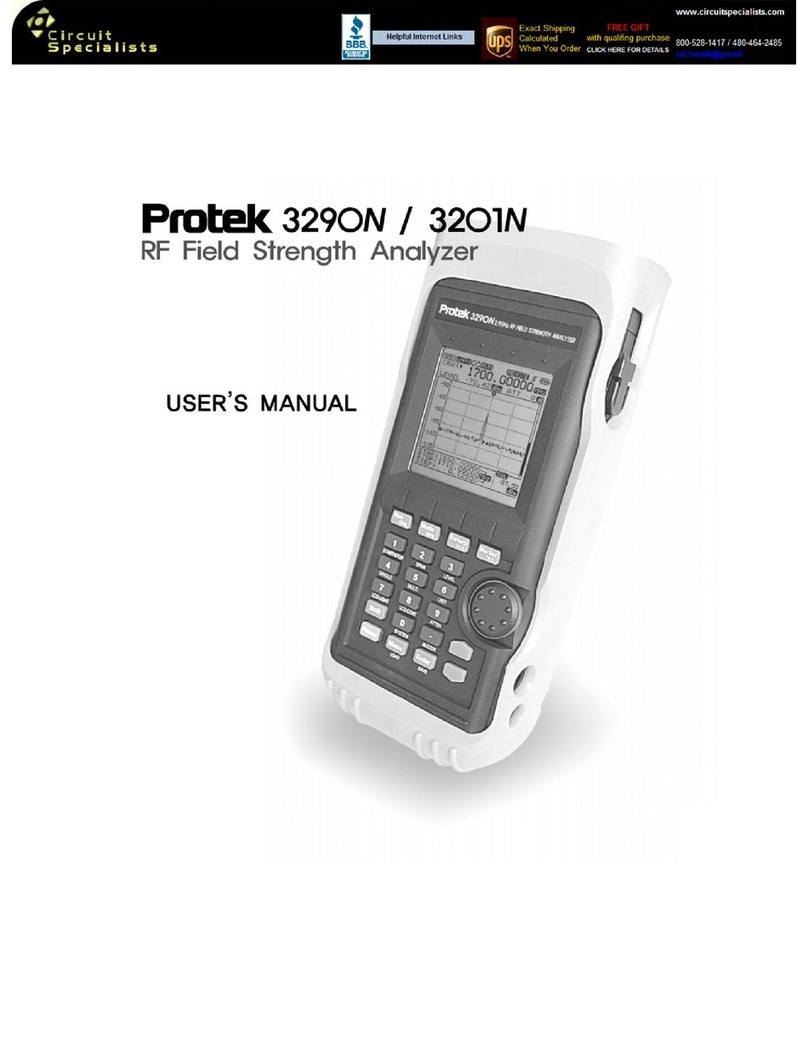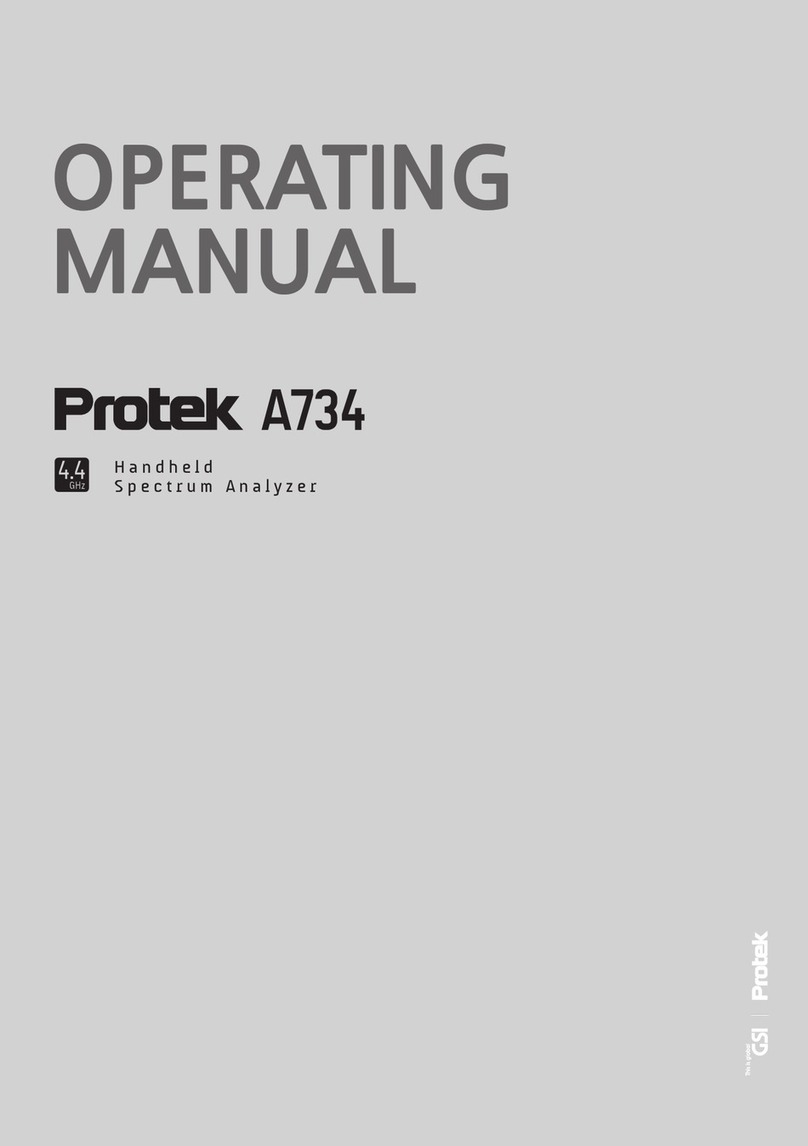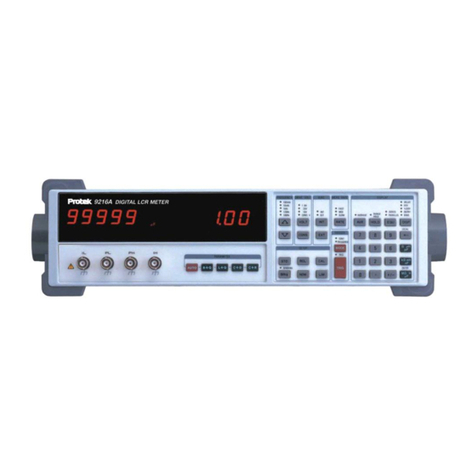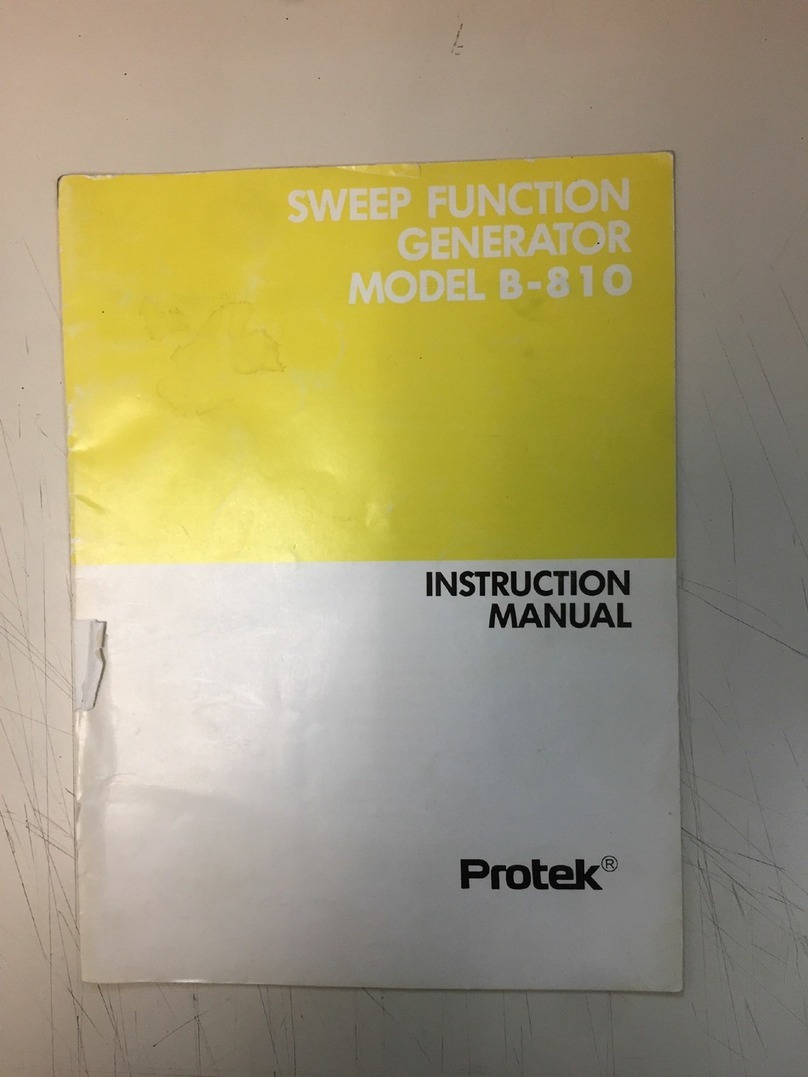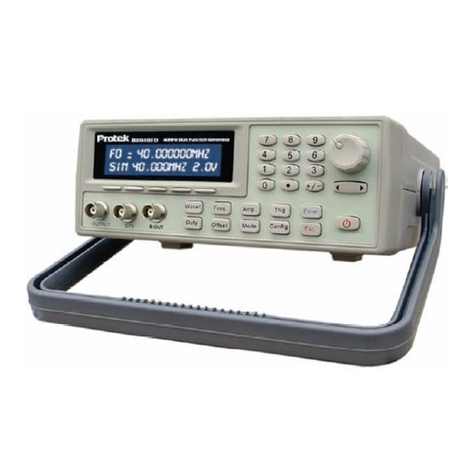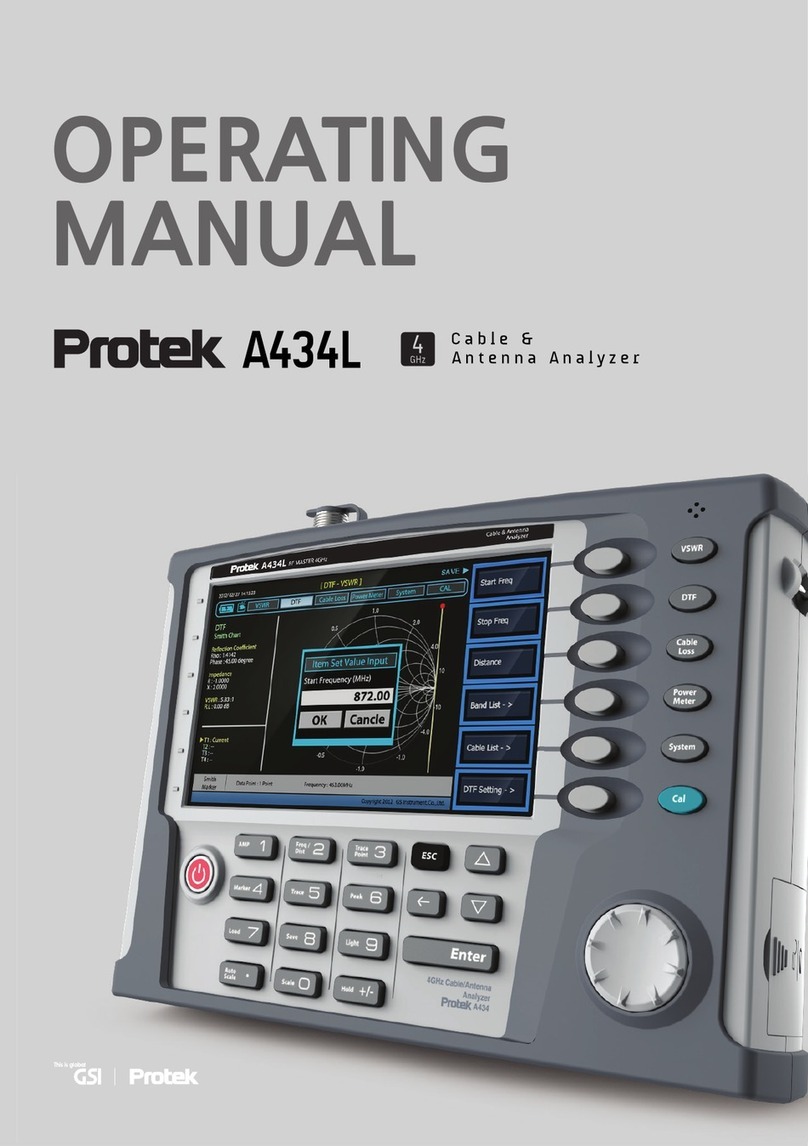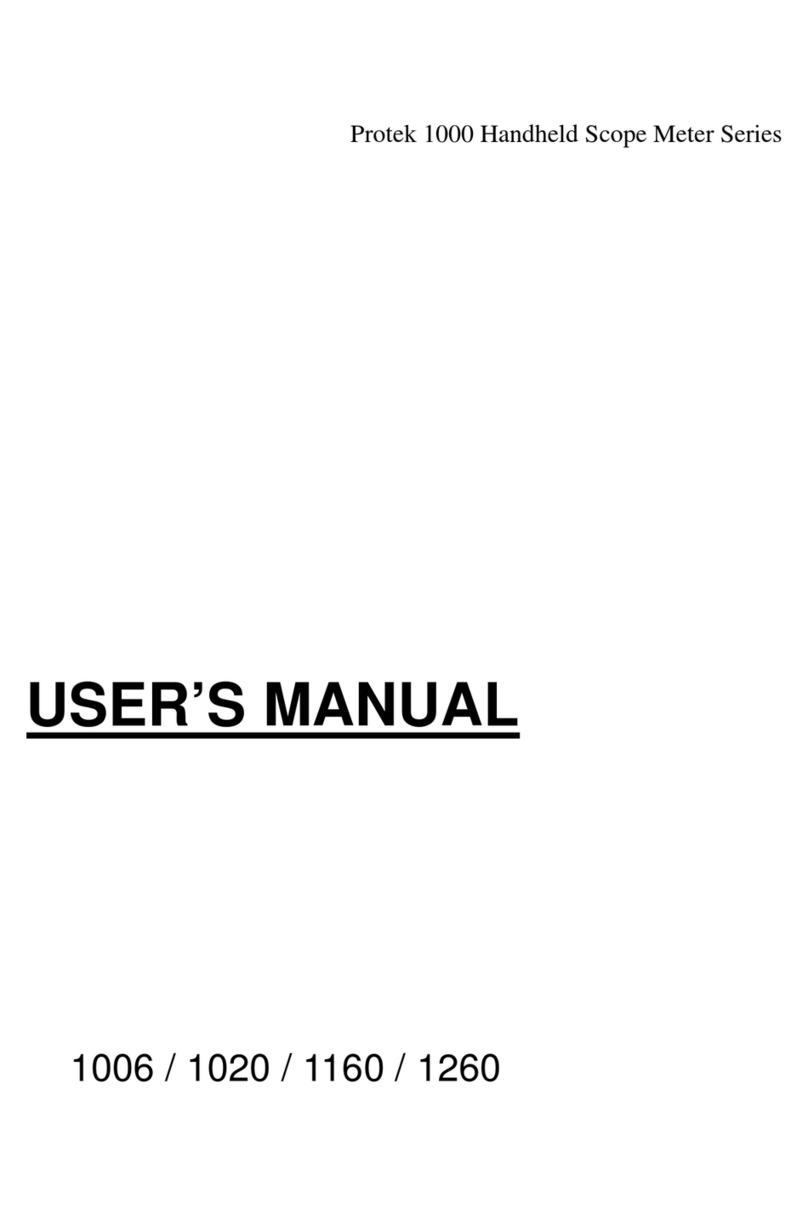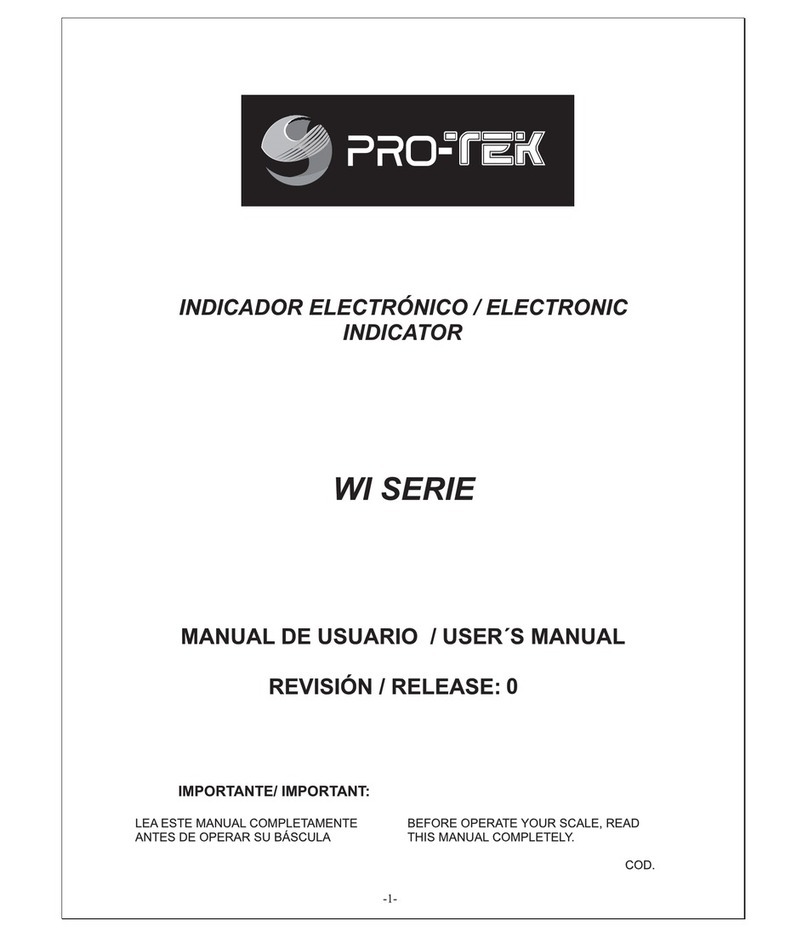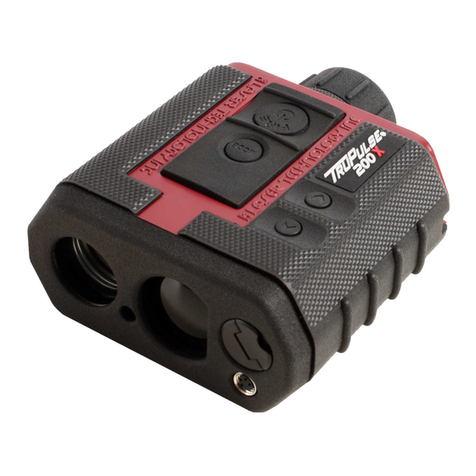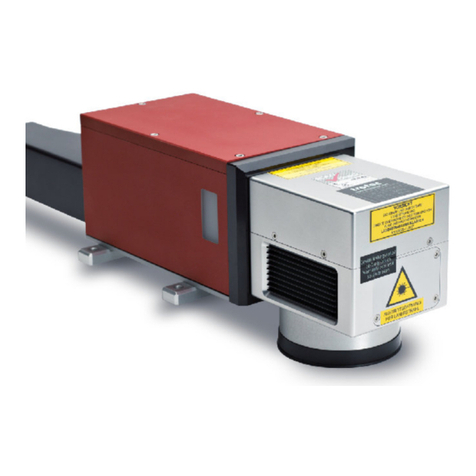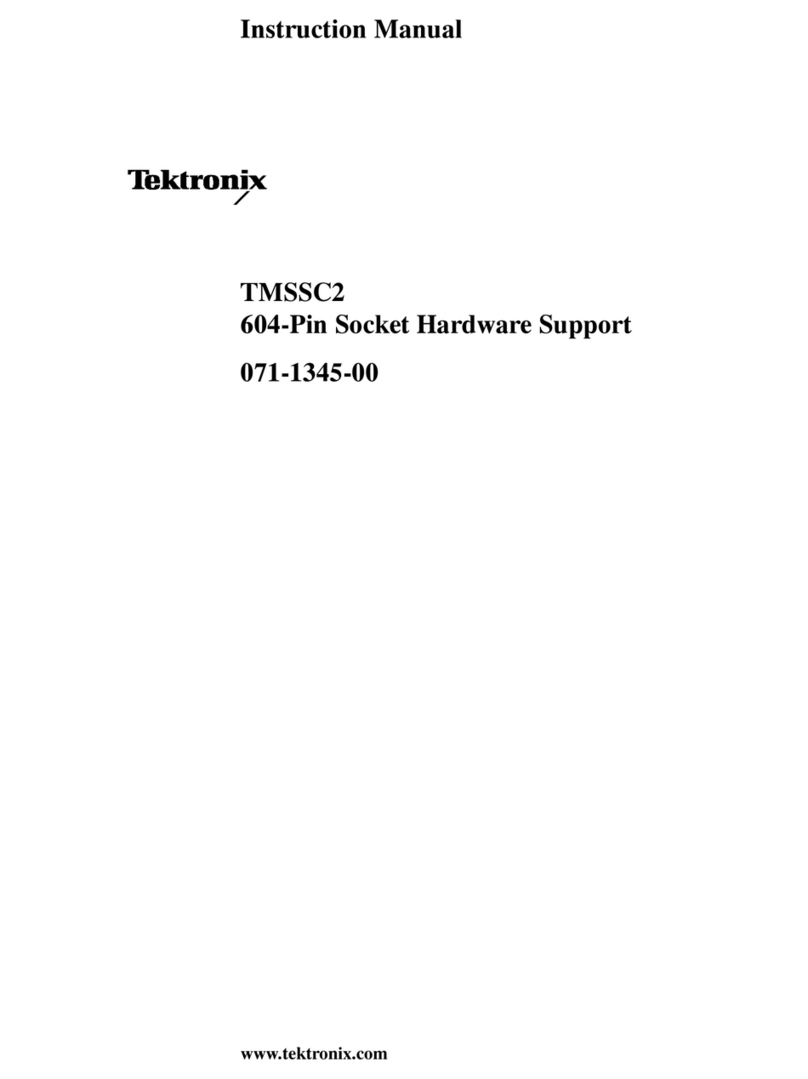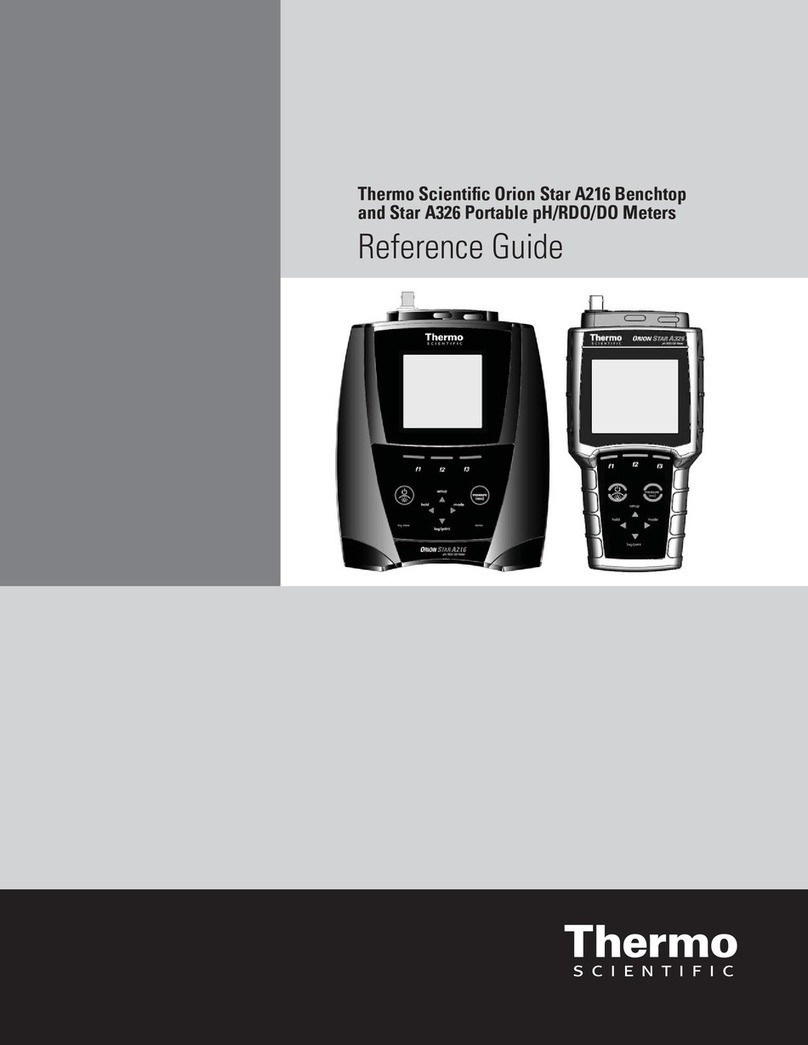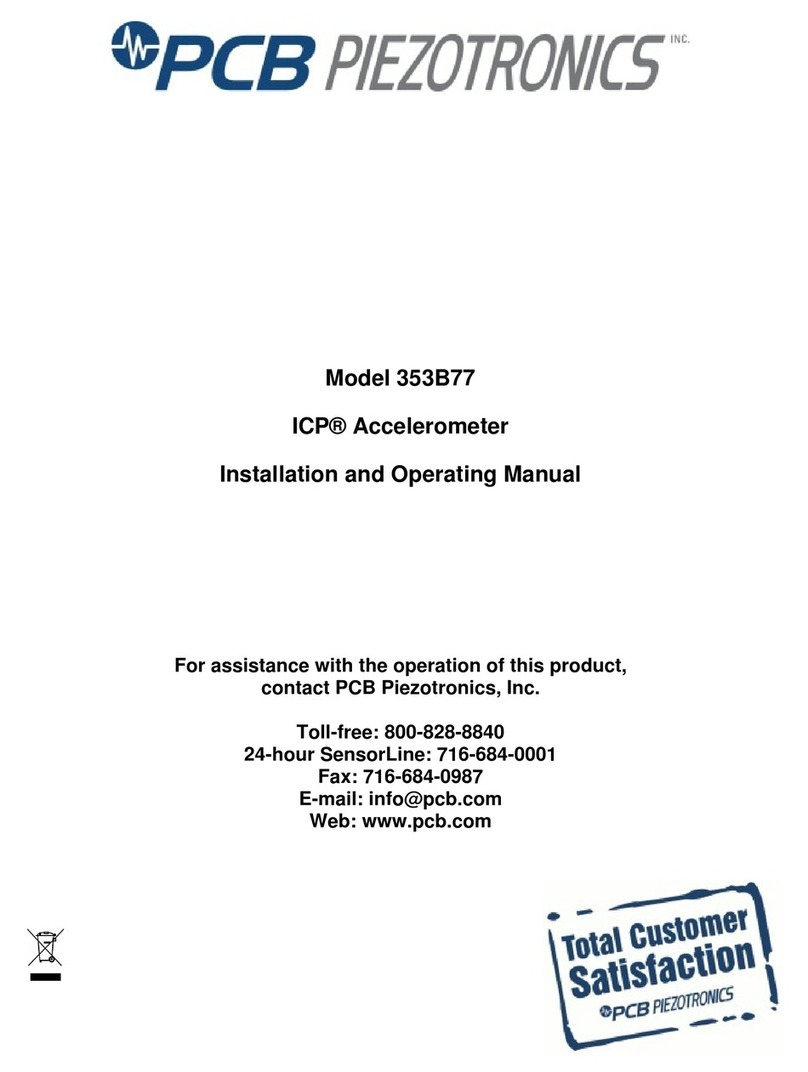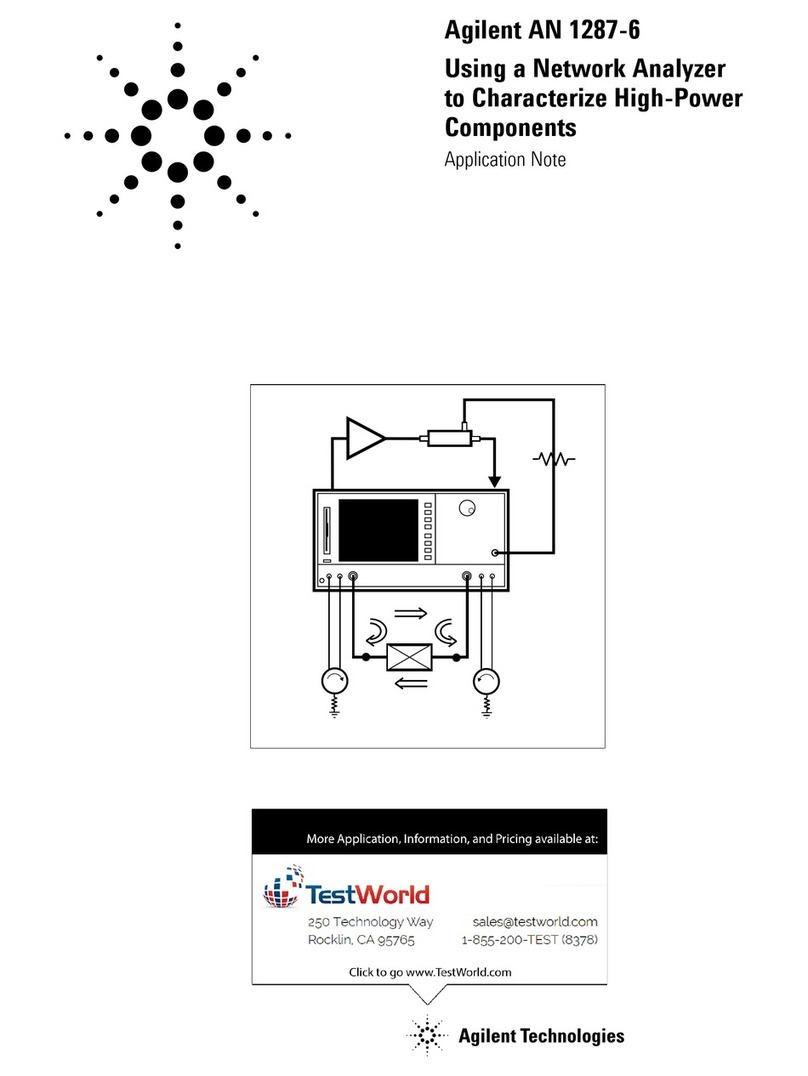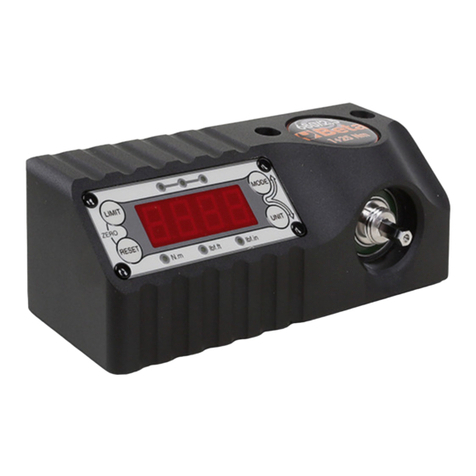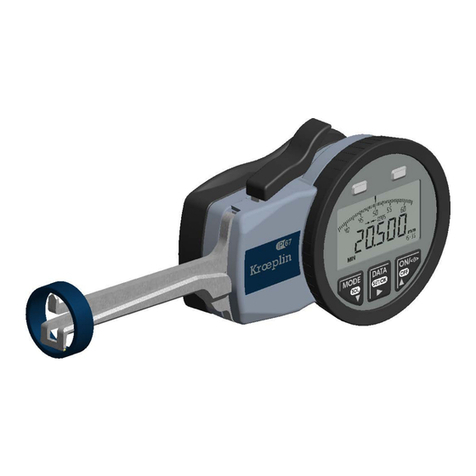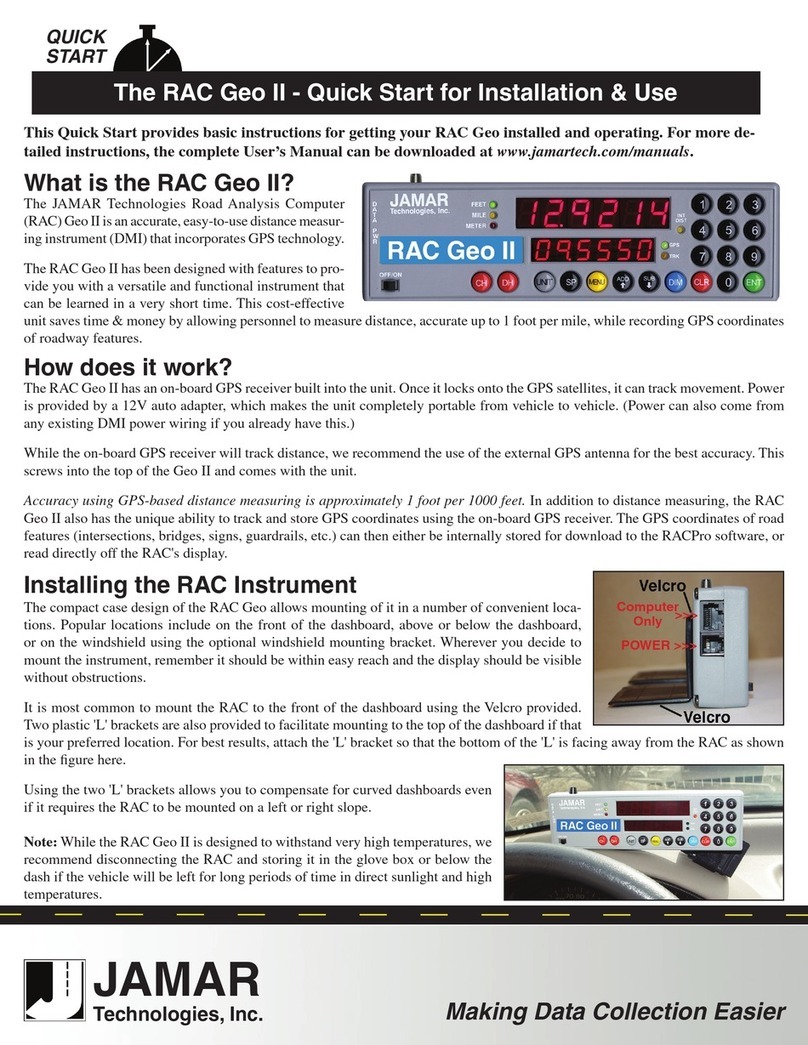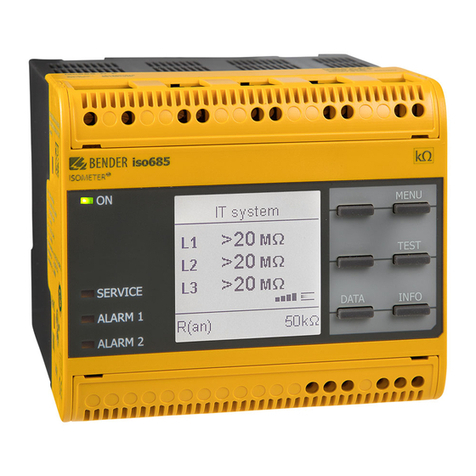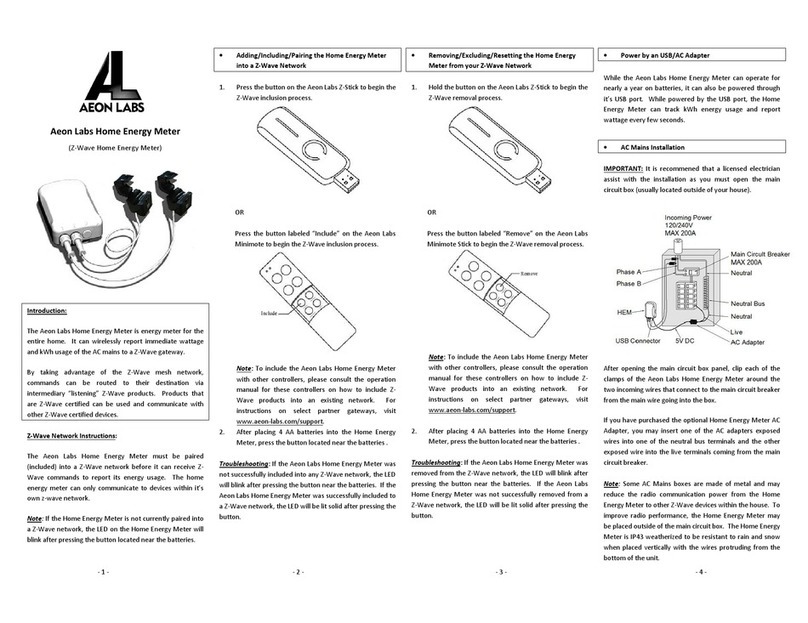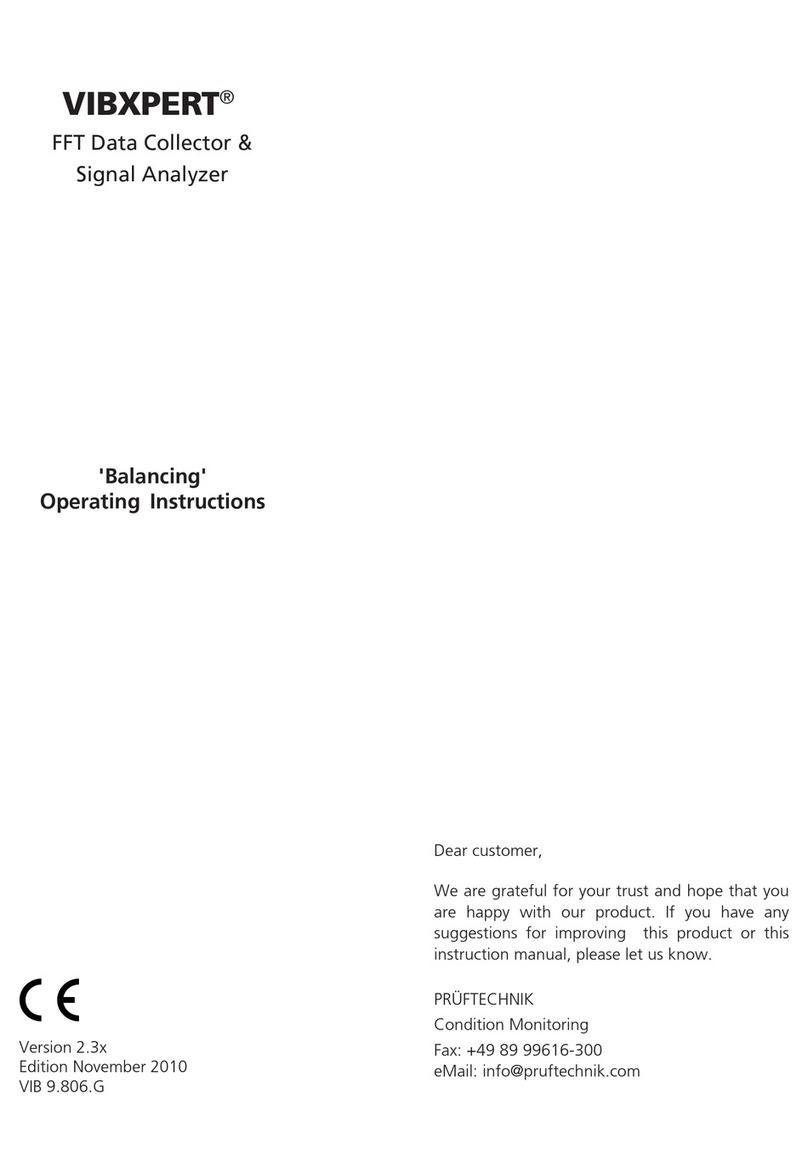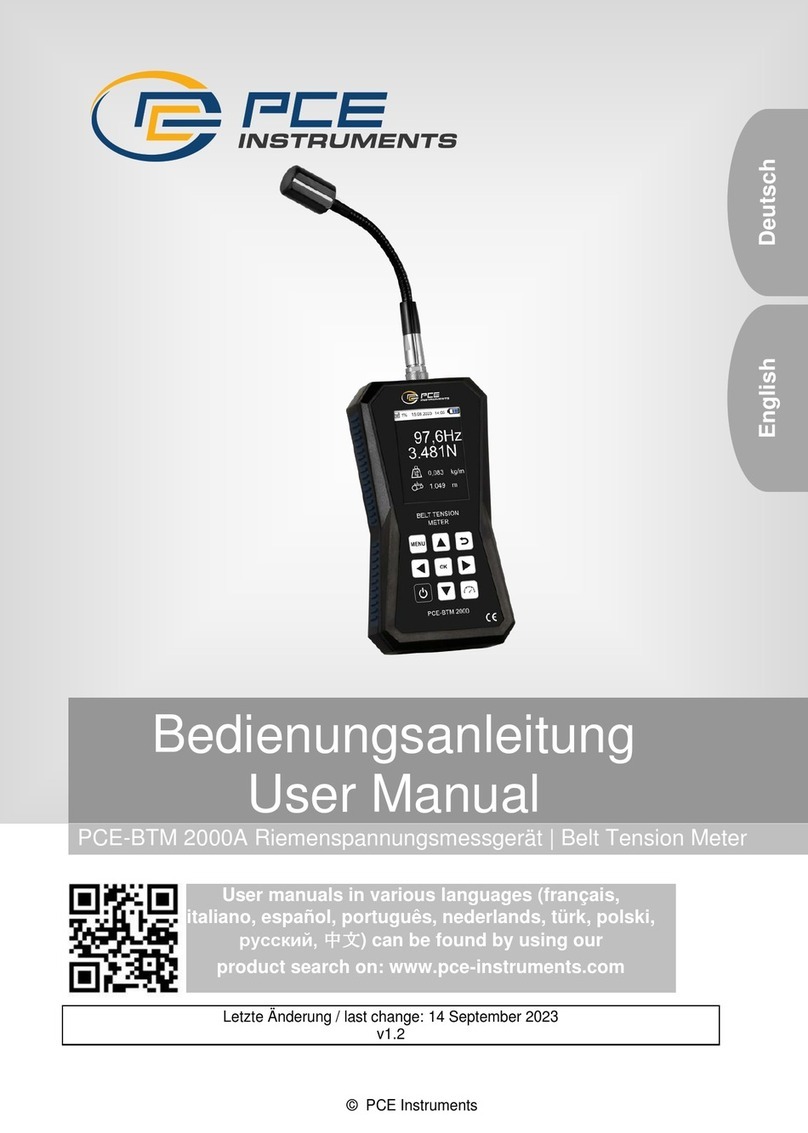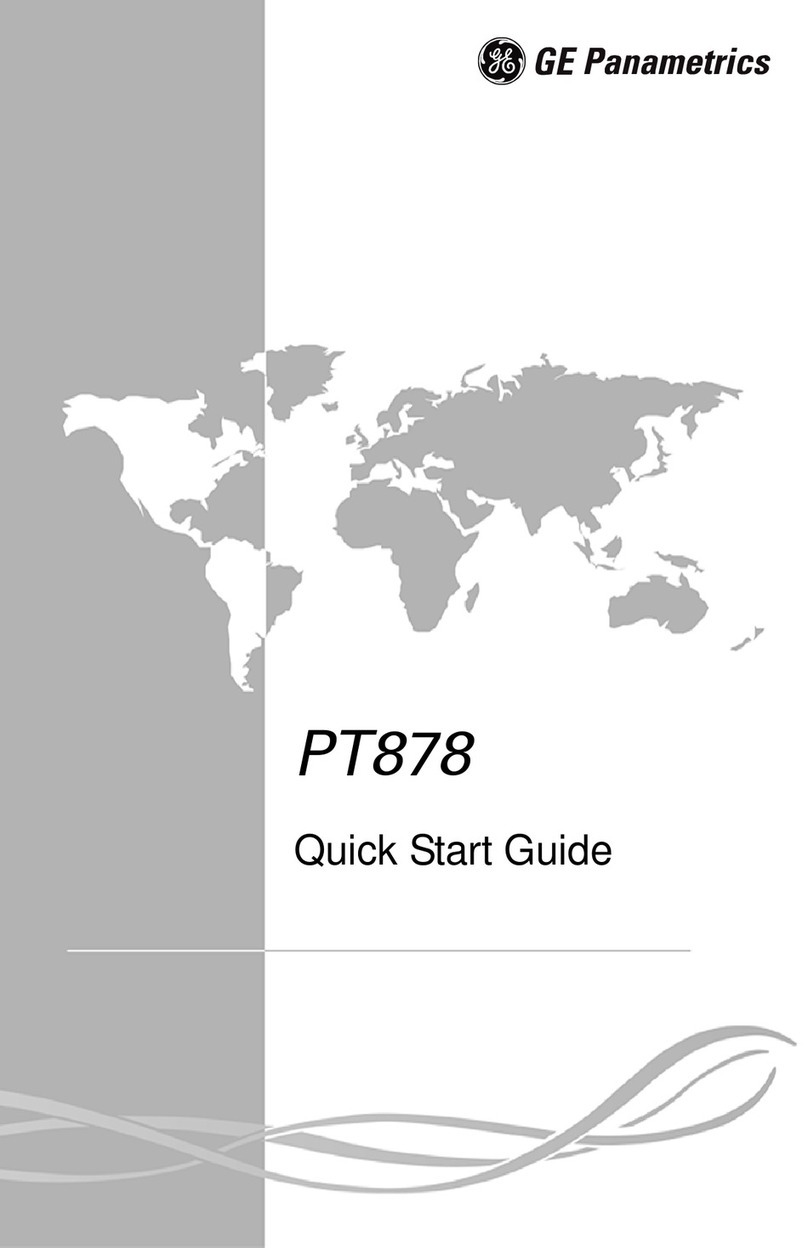
Version 1.0 ▪ August 2015 A334M
VSWR Analyzer
2
T A B L E O F C O N T E N T S
INTRODUCTION .....................................................................................................4
SAFETY INSTRUCTIONS..........................................................................................5
1GENERAL OVERVIEW............................................................................................8
1.1 Description............................................................................................................................. 8
1.2 Specifications ........................................................................................................................ 9
1.2.1 Basic Specifications..................................................................................................... 9
1.2.2 Key Measurements..................................................................................................... 9
1.2.3 Key Features ................................................................................................................. 9
1.3 Ordering Information ....................................................................................................... 10
1.3.1 Standard Accessories ............................................................................................... 10
2PREPARATION FOR USE.....................................................................................11
2.1 General Information ......................................................................................................... 11
2.2 Front Panel........................................................................................................................... 11
2.2.1 Power Switch .............................................................................................................. 11
2.2.2 TEST Ports ( Port 1 ~ Port 6 ).................................................................................... 12
2.3 Rear Panel ............................................................................................................................ 12
2.3.1 AC Socket ..................................................................................................................... 12
2.3.2 Ethernet Port .............................................................................................................. 13
3PC GUI Program Installation ............................................................................14
3.1 System Requirement......................................................................................................... 14
3.2 Install Process ..................................................................................................................... 15
3.2.1 Running the Installation File .................................................................................. 15
3.2.2 Proceed to install....................................................................................................... 16
4Operation...........................................................................................................21
4.1 Preparation for use ........................................................................................................... 21
4.1.1 IP Address Setting...................................................................................................... 21
4.1.2 Connecting the Instrument .................................................................................... 23
4.2 Main Window....................................................................................................................... 24
4.3 Top Menu Bar ...................................................................................................................... 27
4.3.1 File ................................................................................................................................. 27
4.3.2 Button View................................................................................................................. 27




















